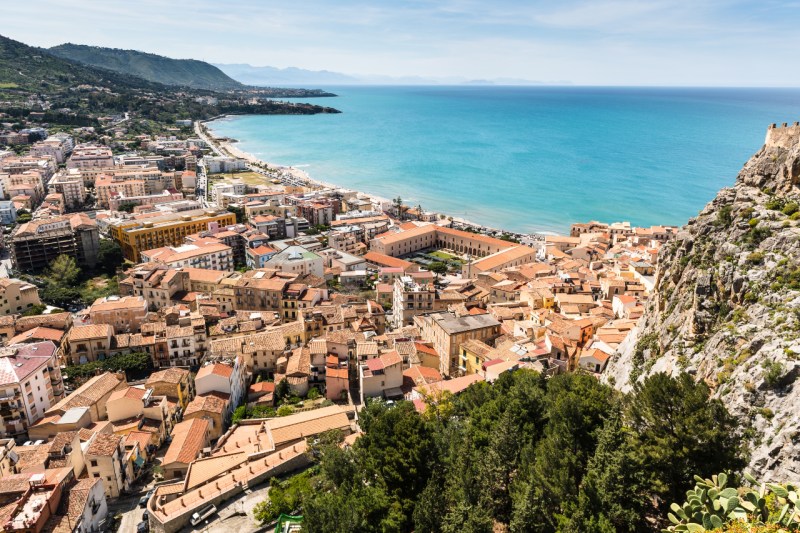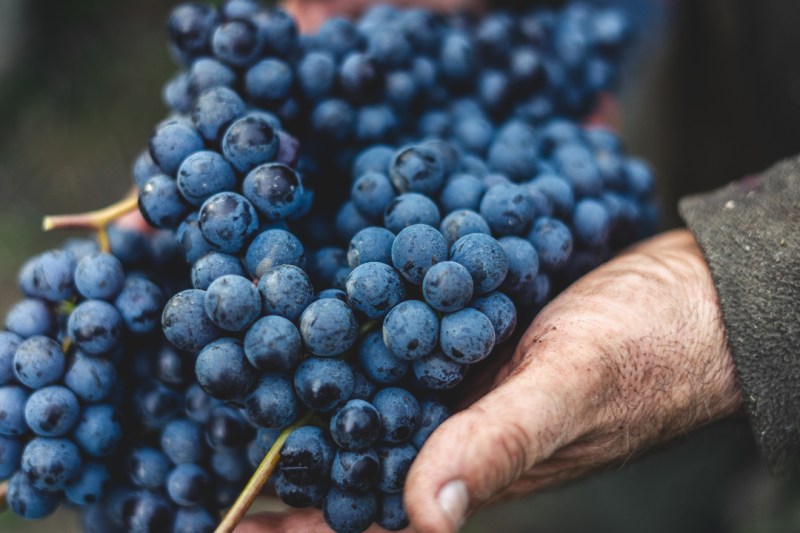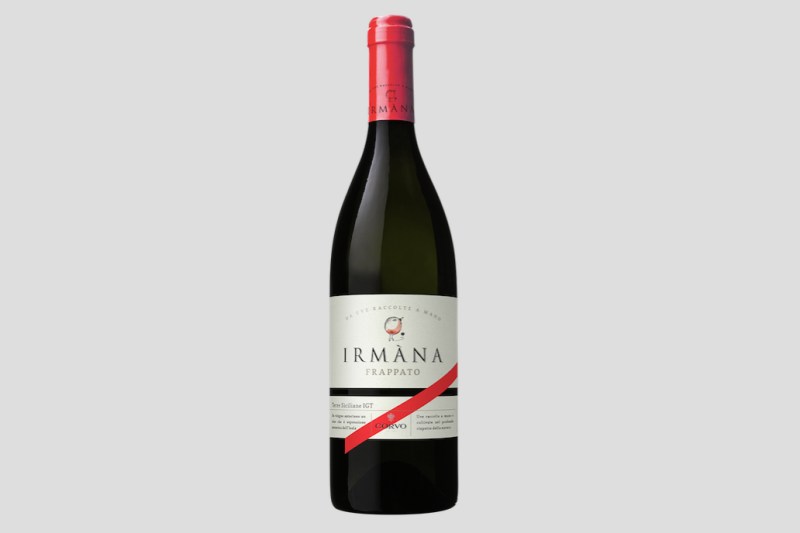While frequently overshadowed by other regions of Italian wine, the island of Sicily actually produces some of the finest wine in the world. Home to several native grape varieties, Sicilian wine is delicious, with complex flavors that rival any wine-making region. In previous decades, Sicilian wines weren’t held in high regard, overshadowed by Italian or French wines. At that time, Sicilian wine had a poor reputation, viewed by many wine drinkers as beverages produced with an emphasis on quantity rather than quality.
According to Rob Walsh, Sicilian wine expert and Director of Fine Wine at Disaronno International, a New Jersey-based wine importer, this perception is rapidly changing.
“Now that you have people focused on quality over quantity, it makes all the difference in the world,” said Walsh. “Its hard to find a bad bottle of Sicilian wine anymore. Twenty years ago, there was a lot of bad Sicilian wine out there.”
What Makes Sicilian Wines Different?

The first big difference for Sicilian wines is the climate the grapes are grown in. Sicily is hot and it’s precisely this scorching weather that makes Sicilian wines unique. Typically, Sicilian wines are lighter, fruit-forward, and lower in alcohol compared to regions like Napa Valley or France. This is a direct result of the hot weather. Grapes that sit too long on the vine under these scalding conditions will literally burn up, becoming unsuitable for wine production. This means that Sicilian reds are generally not as heavy when compared to Cabernets and other dark red wines. As a climate, Sicily is also uniquely convenient for sustainable winemaking. According to Walsh, this is due to the strong winds, which remove the need for most pesticides. However, because of the heat, farming wine grapes on the island requires the use of canopies to protect the fruit from the intense sun.
Second, the island of Sicily has historically been a crossroads of the Mediterranean, influenced by a myriad of cultures and nations. Not only is Sicily influenced by the Italian peninsula, the island has also been ruled by the Greeks, Phoenicians, and Arabs, each leaving behind elements of their culture and cuisine.
Currently, the most well-known Sicilian wine is marsala. For most people, this fortified wine usually shows up in mushroom-laced sauces laced with chicken or veal. But Sicily is also home to several varieties of native grapes, including reds like Nero d’Avola, Frappato, and Nerello Mascalese and whites like Catarratto, Grillo, and Inzolia.
The Recent Changes to Sicilian Wines

In recent years, there’s been a revolution within the Sicilian wine industry. Wine on the island is quickly becoming more sophisticated, with a flair for innovative techniques and technology. Spearheading these changes is a new wave of young people, many of them second- or third-generation Sicilian winemakers. These young winemakers are bringing new techniques from other regions and embracing methods like biodynamic wine and experimenting with grape varietals. For a curious wine expert like Walsh, this experimentation is a logical step.
“You go to a wine shop and pop over to the Italian section, you’re going to see grapes you’ve never heard of — Perricone, all these grape you’ve never heard of,” said Walsh. “It just took one or two wine makers to go, ‘hey, here’s something different.’ Its one of those things that I found as a seller is that your always looking for something that’s going to keep you stimulated because after a while, you get bored with Chardonnay.”
Sicilian Wine Food Pairings

Historically, Sicily has been one of the poorest areas in Italy and this level of historical poverty is central to the cuisine. Meat like beef, an expensive animal to raise, is not common on the island. Instead, traditional Sicilian cuisine is heavily based on seafood and game meat like wildfowl, boar, and rabbits. Another unique element of Sicilian cuisine is the strong culinary influences from Africa and the Middle East, the result of proximity, trade, and conquest. The Arab influence is particularly strong as Sicily was under Arab rule for two and half centuries. Several prominent Sicilian dishes like cassata cake, arancini rice balls, and Sicilian couscous are just some of the few examples of this Arab culinary influence.
The result of these culinary influences is that Sicilian wines are highly drinkable and pair well with seafood and game meats. Unlike the dark reds of France, Sicilian wines generally don’t pair naturally with a fatty steak. Instead, try it with stews and other spiced dishes. As for Sicilian white wines, they possess a great salinity. Grown mostly on the western part of the island, an area that is home to salt farms and marshes. When strong winds arrive from Northern Africa, they blow over these salt farms and into the vineyards, giving Sicilian whites their patented salinity. As a result, Sicilian whites are excellent with grilled fish and even dishes like tempura.
Sicilian Wine Recommendations

The great part about Sicilian wines is the diversity of flavors. If you’re looking for a crisp white, try Duca di Salaparuta Colomba Platino Insolia. This wine, with notes of apples, lemon, and peaches, has great notes of soft salinity, the hallmark of coastal Sicilian white wine. For a classic Sicilian red, try the Corvo Irmana Frappato. A lightly floral red with the aromas of red berries, this wine is great with pasta and pork. For a great Sicilian marsala, try Terre Arse. This complex marsala is great as an aperitif served alongside cheese and smoked fish.
Finally, these wines recommendations are just the beginning. For Walsh, this exploration is part of the appeal for Sicilian wine.
“I always recommend to folks to experiment, to try — pick up something that you don’t know,” said Walsh. “I as a consumer will do that if I see something interesting. Are you always going to like it? No, but that’s the fun part about wine — you can try something different and enjoy the whole discovery phase.”
Editors' Recommendations
- Far older than you think: A beginner’s guide to Mexican wine
- The best kosher wine for your Passover celebration
- The best sommelier-approved wine picks for date night
- The best sparkling wines, according to sommeliers
- Après-ski guide: The best liquors and beer to take with you



